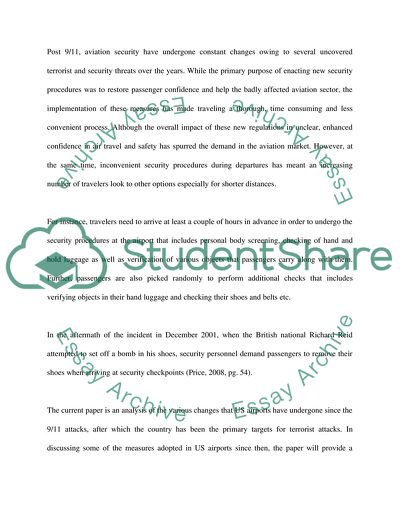Cite this document
(Security Measures at U.S. Airports Before and After the Terrorist Research Paper - 1, n.d.)
Security Measures at U.S. Airports Before and After the Terrorist Research Paper - 1. Retrieved from https://studentshare.org/politics/1732321-security-measures-at-us-airports-befour-after-the-911-attacts
Security Measures at U.S. Airports Before and After the Terrorist Research Paper - 1. Retrieved from https://studentshare.org/politics/1732321-security-measures-at-us-airports-befour-after-the-911-attacts
(Security Measures at U.S. Airports Before and After the Terrorist Research Paper - 1)
Security Measures at U.S. Airports Before and After the Terrorist Research Paper - 1. https://studentshare.org/politics/1732321-security-measures-at-us-airports-befour-after-the-911-attacts.
Security Measures at U.S. Airports Before and After the Terrorist Research Paper - 1. https://studentshare.org/politics/1732321-security-measures-at-us-airports-befour-after-the-911-attacts.
“Security Measures at U.S. Airports Before and After the Terrorist Research Paper - 1”, n.d. https://studentshare.org/politics/1732321-security-measures-at-us-airports-befour-after-the-911-attacts.


